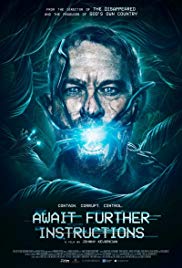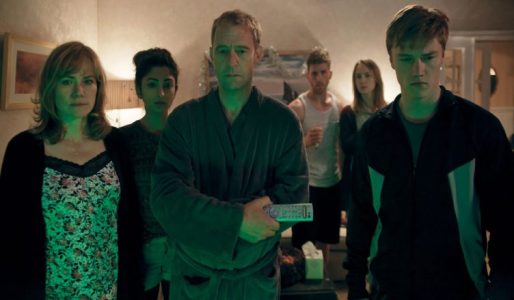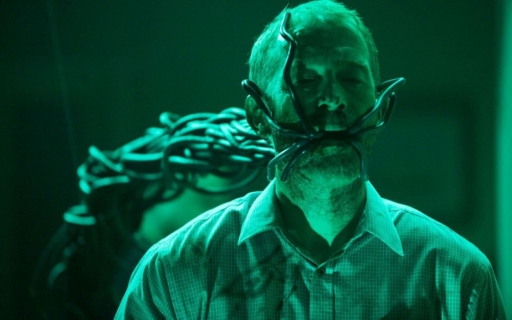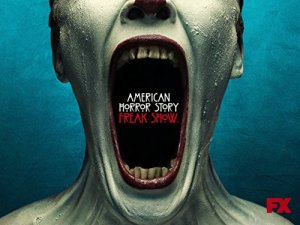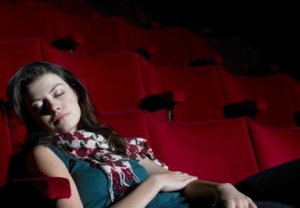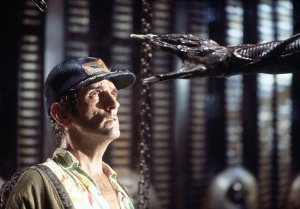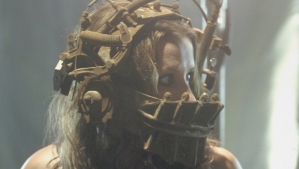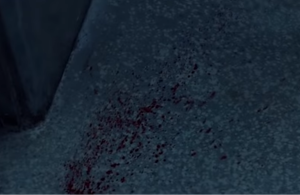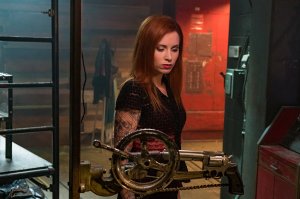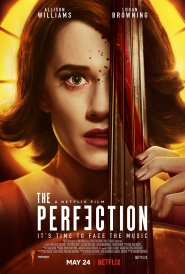
Feminist theory is difficult. It is not easy to construct something that criticizes society’s role for women while at the same time developing strong female characters. When a film successfully builds a story that both supports women and addresses cultural problems surrounding their treatment, that work should be lauded and recommended far and wide for the education of general audiences. This is not one of those films.
The movie’s plot is convoluted and confused, to a point that it forgets entire story-lines in favor of rushing to the end. It begins with the introduction of Charlotte (portrayed by Allison Williams) and Lizzie (played by Logan Browning), two world-class cellists attending a scouting event for their Alma mater in Shanghai. The former has fallen from grace – she left the academy to care for her sick mother, leaving a spot for Lizzie to take the lead. Alton, as played by Steven Weber, runs the academy and is thrilled his two proteges have taken a liking to one another. Alton is a slimy, manipulative instructor whose motivations are in no way mysterious, much to the chagrin of director Richard Shepard, I’m sure. Charlotte and Lizzie fall head first into a romantic relationship with almost no development and decide to journey into rural China. At first, I thought this would lead into some sort of zombie-plague-horror movie where our protagonists attempt to survive. I was very wrong – the film takes a hard right turn into totally new, intriguing territory. Too bad the film never righted itself after that turn, careening off a cliff into a nonsensical abyss. It begins to introduce some ideas familiar to feminism (namely that women are forced to be perfect in the eyes of man, and are punished if they are not) but falls short of creating any real commentary or discussion on the matter.
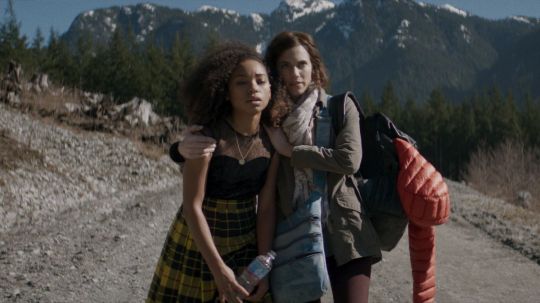
When attempting to make a film with a message behind it, the tone of the movie needs to be consistent or, failing that, the dialogue and action needs to be compelling. The Perfection certainly has no compelling dialogue and few interesting action sequences, but is also has no idea what kind of movie it wants to be – is it an over-the-top horror-action flick with strong women that take back their agency, or is it a serious look at the ramifications of the pressures women face from men in Western society? In not deciding what it wants to be, the film becomes a tangled mess, so much so that it begins to bore the viewer. Any viewer can figure out how everything will play out 30 minutes before it actually does, making the ending tedious and meaningless.
To clarify, feminist theory – as used in literature and cinema – is used as a way to describe a work that explores the historic oppression of women and men’s role in it. This is a gross simplification, but then again, this film is a gross simplification of the problems women face. Feminist theory is most effective when the characters within the story have depth, when they can represent certain ideas without having to explicitly say them. Lizzie and Charlotte do not encapsulate any ideas. They are blank slates used to show how bad men are with no real-world connection. Their dialogue with one another reads like a young adult novel and carries no true weight. It’s filler.
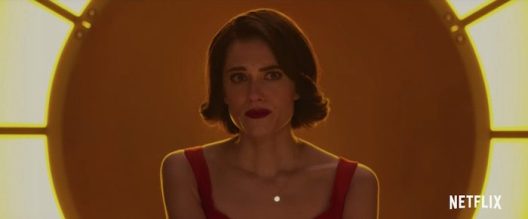
I will say this about the film – it is very well-made. The cinematography is unique and interesting (sans the shot with the rotating camera) and I found myself admiring individual shots more than I ordinarily would. The music (that is, the classical music) also worked very well throughout the film to set the tone. Unfortunately, the strength of the music is all but nuked by the choice to include hip-hop and other more aggressive songs toward the end. I get the message the filmmakers wish to convey with this stylistic choice, but it is cliched and not-at-all subtle, something this film does not know the meaning of.
The acting is something else to praise in the film. I believe that Shepard does a fantastic job in helping his actors to emote pain or suffering, and Browning especially demonstrated real fear at the beginning. I argue she is the best part of this whole situation. Of course, her dialogue and the rather rigid performance given by Williams bring down any hope of her standing as a strong female character.
I wanted this movie to be good. I wanted it to capture the hearts and minds of horror fans and general audiences alike. I want it to stand with the likes of Black Swan (2010) and Annihilation (2018), but the fact is it just doesn’t. The writing is sloppy, the dialogue a joke, and the characters have about as much depth as a petri dish. The obvious “twists” at the end of the film make it tedious to watch and frankly boring. If you really want feminist horror films that hold up, check out Suspiria (1977/2018) or Rosemary’s Baby (1968), films that criticize society’s treatment of women in a thoughtful and intriguing manner, unlike the dull flick now on Netflix.
